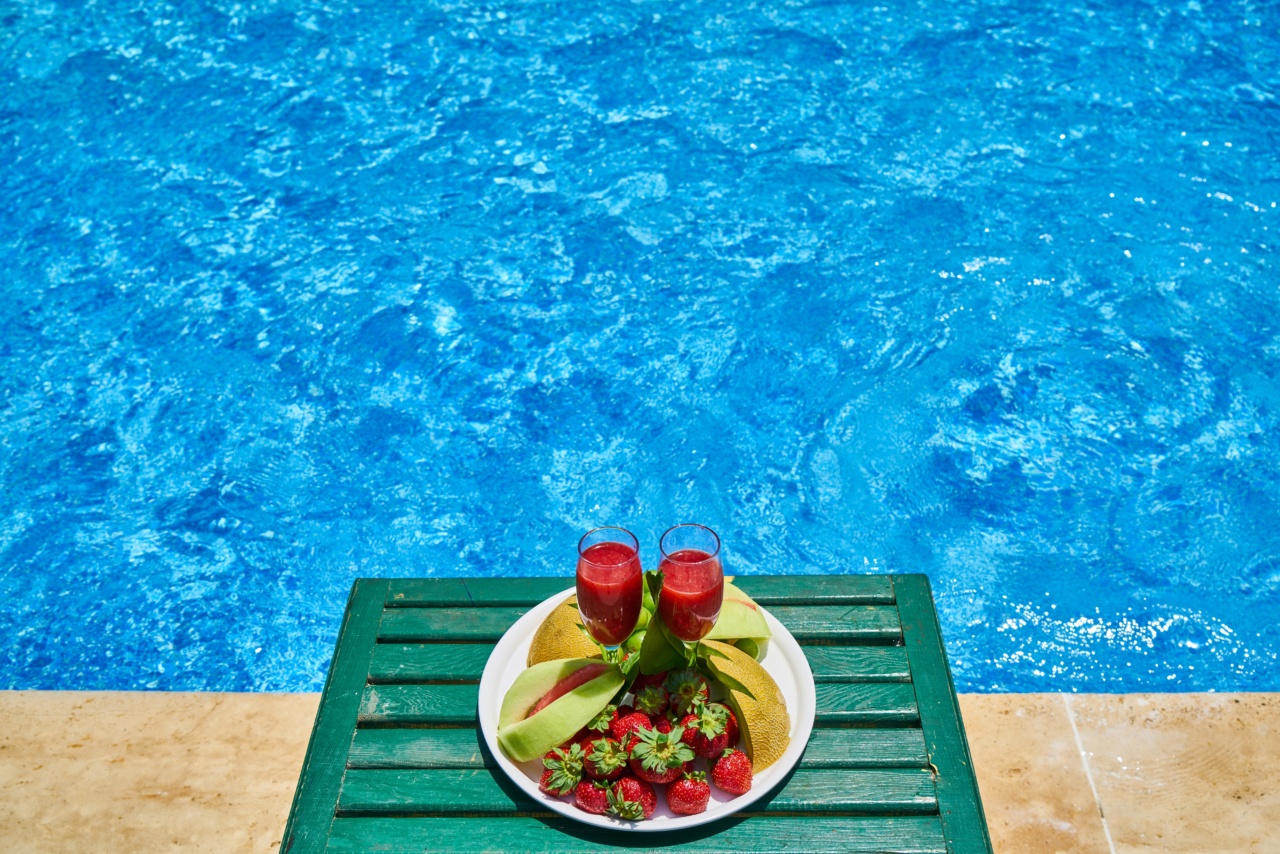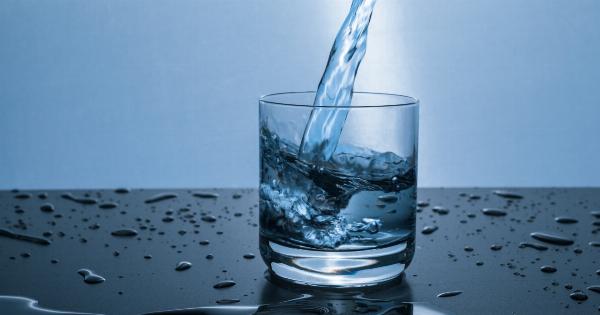There is a common belief that drinking eight glasses of water a day is essential for optimal health and hydration. However, recent research has raised questions about the validity of this claim.
In this article, we will delve into the origins of the “8×8” rule, examine the scientific evidence surrounding water consumption, and discuss whether or not this guideline is indeed a myth.
The Origins of the 8×8 Rule:
The recommendation to drink eight glasses of water a day can be traced back to a guideline provided by the Food and Nutrition Board of the National Research Council in 1945.
The board suggested that an adult should consume approximately 1 milliliter of water per each calorie expended, which equates to roughly 8 cups (64 ounces) of water.
Over time, this recommendation became popularized and transformed into the commonly known “8×8” rule, which advises drinking eight 8-ounce glasses of water daily.
However, it is crucial to note that the original guideline did not solely account for fluid intake from drinking water but also included water content obtained from food and other beverages.
Understanding Hydration Needs:
The actual amount of water an individual requires can vary based on various factors like body weight, activity level, climate, and overall health.
The human body has a sophisticated system for maintaining fluid balance, primarily regulated by thirst and urine output.
While it is important to drink an adequate amount of water to stay hydrated, it is equally crucial to recognize that other beverages and foods also contribute to daily hydration needs.
Healthy individuals can obtain water from a variety of sources, including coffee, tea, fruits, vegetables, and soups.
Evaluating the Scientific Evidence:
The medical community has conducted numerous studies to examine the effects of water intake on human health. Surprisingly, scientific evidence does not consistently support the notion that everyone needs to drink eight glasses of water a day.
A study published in the American Journal of Physiology found that when healthy adults consumed a diet consisting of various beverages and foods, their water intake reached adequate levels without the necessity of additional glasses of water.
The researchers concluded that following the 8×8 rule may not be necessary for everyone.
Similarly, another study published in the Journal of the American Society of Nephrology found no evidence to support the recommendation of increased water intake for the prevention of kidney stones, a commonly cited reason to drink more water.
Individual Variations in Water Needs:
Each individual’s water needs are unique and can differ significantly based on factors like body composition, physical activity, and climate.
Athletes, for instance, may need to consume more water due to increased sweating and higher fluid losses during exercise.
In contrast, older adults may experience a diminished sense of thirst, making it crucial for them to consciously drink enough water to stay adequately hydrated.
Additionally, those living in hot and humid climates may require greater fluid intake compared to individuals in cooler environments.
Listening to Your Body:
One of the best ways to determine your personal hydration needs is to listen to your body’s signals. Thirst is a reliable indicator that your body requires fluids, and urine color can also provide insights into your hydration status.
Pale or clear urine generally indicates adequate hydration, while dark urine may indicate the need for increased fluid intake.
Rather than strictly adhering to the “8×8” rule, it is advisable to drink water and stay adequately hydrated based on your unique circumstances.
Paying attention to your body’s thirst signals, incorporating fluid-rich foods into your diet, and adjusting your water intake as per specific situations will likely be more beneficial in maintaining proper hydration levels.
Conclusion:
The belief that everyone needs to drink eight glasses of water a day is not firmly grounded in scientific evidence. Although water consumption is vital for overall health, the specific quantity required varies significantly among individuals.
Listenting to your body’s thirst cues and incorporating water-rich foods and other beverages into your diet can help you stay properly hydrated.
It is important to acknowledge that the “8×8” rule is not a one-size-fits-all guideline and may be unnecessary for many individuals.



























